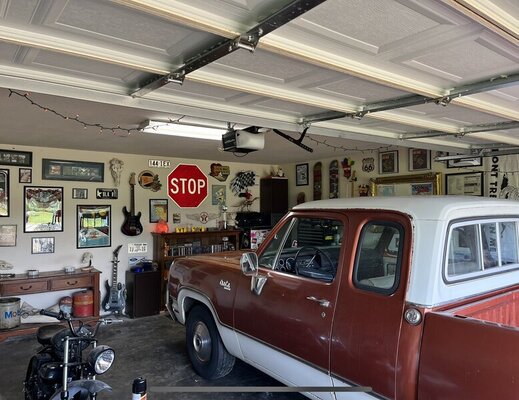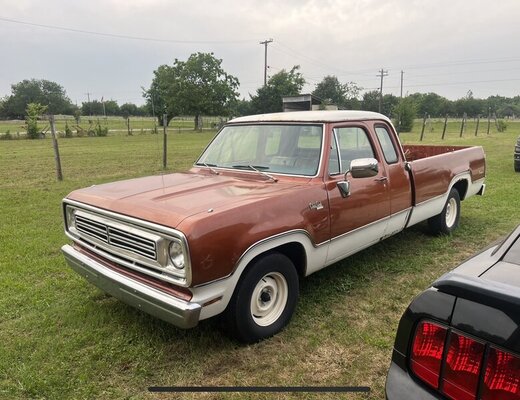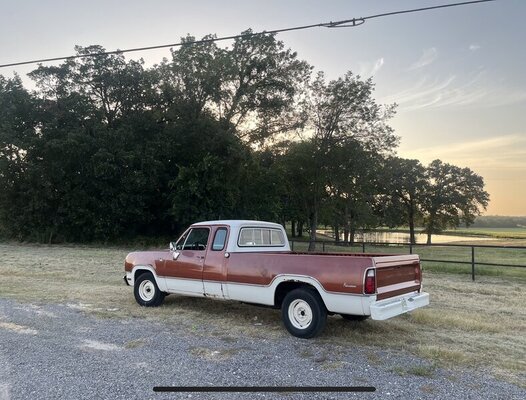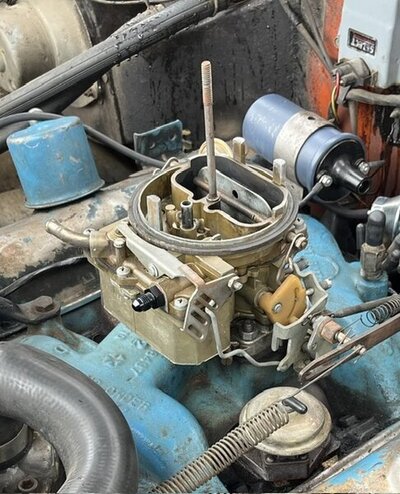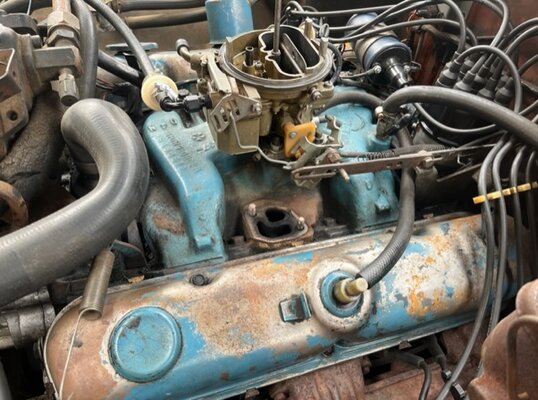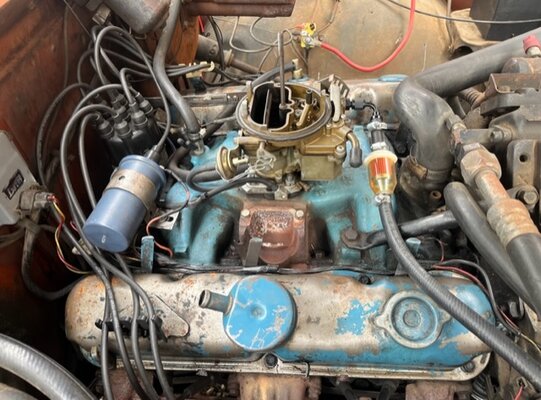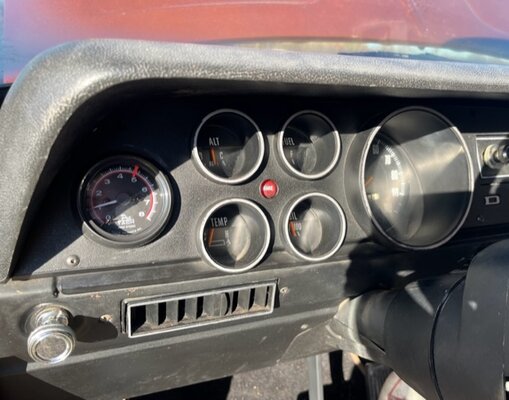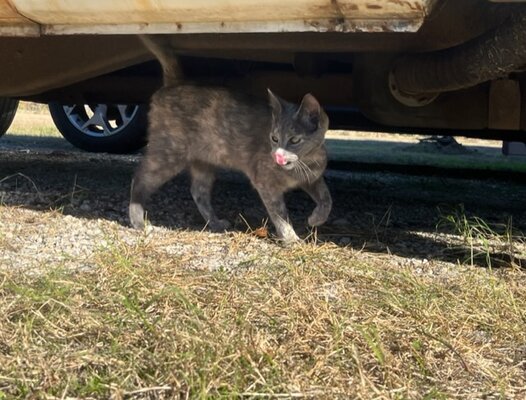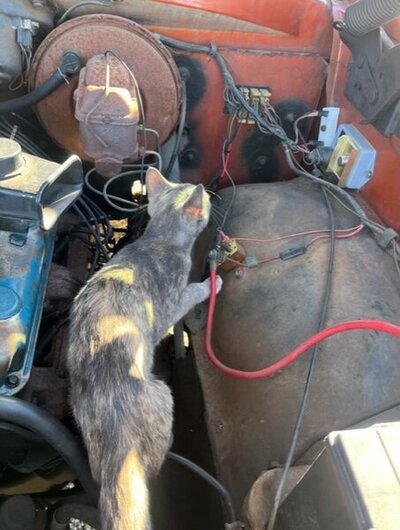So this thread I will be using to document my progress through the truck and ask a bunch of questions along the way, the first few posts will be catching up from buying the truck to now, I’ll use this first one to just introduce the truck and it’s back story..
So I’ve always some sort of old car or truck to tinker on, my wife is very supportive and also loves old trucks. We finally moved out from the city back in ‘21 and decided on picking up an older truck to use to make the hardware store runs on weekends as my work truck has a topper on it. After scouting around for a while we found the right truck in Oklahoma City..
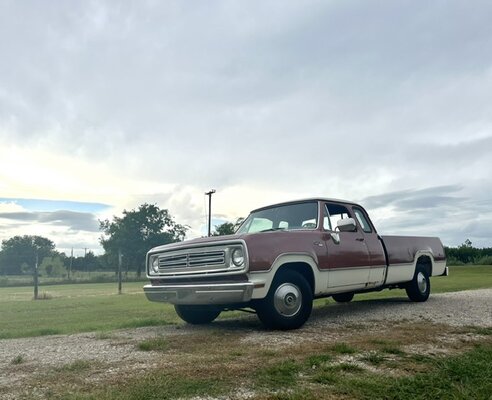
It’s a 1973 Club Cab, first year for it! The guy I bought it from had, supposedly, been using it every other day until he purchased a new truck to replace it. He had purchased it from its long-time owner of around 40 years, it came with paperwork all the way back to the build sheet, manual and salesman’s business card up in Colorado. With how complete it was and the documented history we went with our gut on it and brought it home.
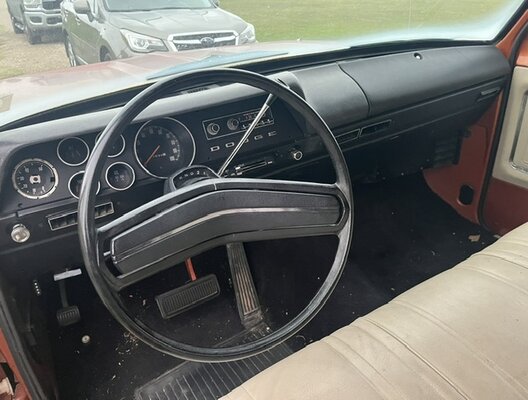
Turns out, it had probably been sitting a lot longer than we were lead to believe so its become a little more involved getting it to a useable state. We did discover a lot of fun little coincidences with it though, it’s originally from Denver which happens to be where my brother lives, the long-time owners name was a combination of mine and my sons names and it’s been known as ‘Rosie’ for most of its life which was one of my best friends childhood dogs we played with all the time as kids.
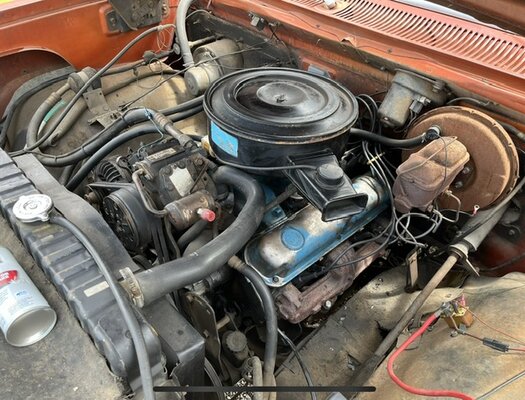
I will make my next post about the initial troubleshooting and how the truck is running right now. Looking forward to getting some proper Mopar knowledge and getting this truck running how it should be!
So I’ve always some sort of old car or truck to tinker on, my wife is very supportive and also loves old trucks. We finally moved out from the city back in ‘21 and decided on picking up an older truck to use to make the hardware store runs on weekends as my work truck has a topper on it. After scouting around for a while we found the right truck in Oklahoma City..

It’s a 1973 Club Cab, first year for it! The guy I bought it from had, supposedly, been using it every other day until he purchased a new truck to replace it. He had purchased it from its long-time owner of around 40 years, it came with paperwork all the way back to the build sheet, manual and salesman’s business card up in Colorado. With how complete it was and the documented history we went with our gut on it and brought it home.

Turns out, it had probably been sitting a lot longer than we were lead to believe so its become a little more involved getting it to a useable state. We did discover a lot of fun little coincidences with it though, it’s originally from Denver which happens to be where my brother lives, the long-time owners name was a combination of mine and my sons names and it’s been known as ‘Rosie’ for most of its life which was one of my best friends childhood dogs we played with all the time as kids.

I will make my next post about the initial troubleshooting and how the truck is running right now. Looking forward to getting some proper Mopar knowledge and getting this truck running how it should be!
Last edited:



